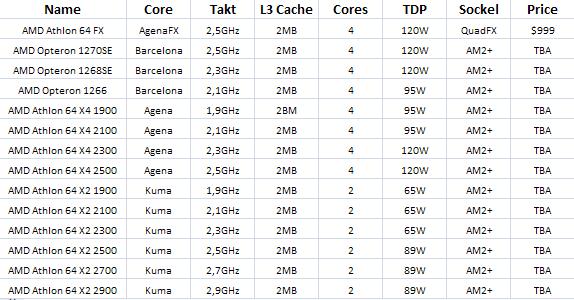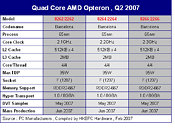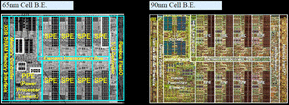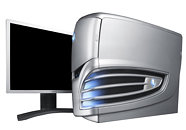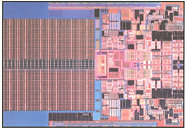
AMD Speeds up Dual-core Opteron to 3GHz
AMD plans to release two more dual-core Opterons in order to compete with Intel's latest Xeon processors. Server makers and channel sellers will gain access to the 3GHz(120W) Model 2222 SE and Model 8222 SE chips, which will slot in just above the already shipping 2.8GHz Model 2220 SE and 8220 SE processors. The 2000 Series products cater to servers with two-sockets, while the 8000 Series feed systems with four or more sockets. A similar 95W version of the new 3.0GHz chip for the 1000 Series line should also arrive in a few weeks. AMD has yet to release pricing for the 2222 SE and 8222 SE 3.0GHz models, as it does not plan to formally announce the product for two more weeks. These may be the last Opterons before the four-core Barcelona arrives.


